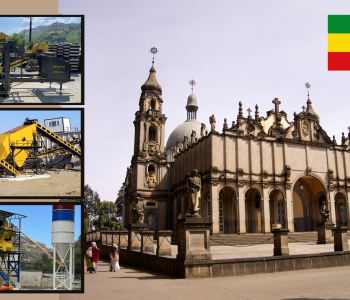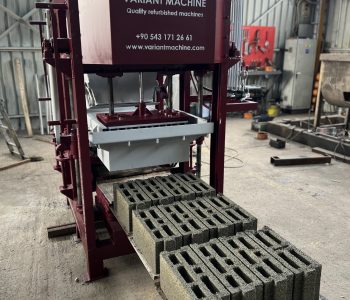In the construction industry, hollow bricks—also known as hollow blocks or concrete masonry units (CMUs)—have become increasingly popular due to their durability, thermal insulation properties, and cost-effectiveness. As with any construction material, the price of hollow bricks is influenced by a variety of factors, including raw materials, manufacturing processes, and market dynamics. In this article, we will explore these factors in detail to provide a comprehensive understanding of hollow brick prices.
Raw Materials and Their Impact on Price
The price of hollow bricks is significantly affected by the cost of raw materials used in their production. The primary components involved are cement, aggregate, and water.
- Cement: Cement is a key ingredient in hollow bricks, providing strength and durability. The cost of cement can vary based on factors such as regional supply, production costs, and transportation expenses. For instance, fluctuations in the price of raw materials for cement production, like limestone and gypsum, can directly impact the cost of cement and, consequently, the cost of hollow bricks.
- Aggregate: Aggregates, which include sand, gravel, and crushed stone, are mixed with cement to form the concrete used in hollow bricks. The type and quality of aggregate used can influence the final price. Higher-grade aggregates may cost more but can improve the performance characteristics of the bricks. Additionally, the availability and transportation costs of aggregate materials can contribute to price variations.
- Water: Water is essential for the hydration of cement and the formation of concrete. While it is generally less expensive than other raw materials, the cost of water can still affect the overall production cost, especially in regions facing water scarcity or where water treatment processes are required.
Manufacturing Processes
The manufacturing process of hollow bricks involves several stages, each contributing to the final cost of the product. These stages include:
- Mixing: The raw materials—cement, aggregates, and water—are mixed in precise proportions to create the concrete mix. The efficiency and quality of the mixing process can affect the consistency and strength of the hollow bricks.
- Molding: The concrete mix is poured into molds to form hollow bricks. The choice of molds and the technology used in this process can impact the production cost. Automated machines, such as concrete block machines, can streamline production but may require a higher initial investment.
- Curing: After molding, the hollow bricks undergo a curing process to gain strength. This process can be conducted using various methods, such as air curing or steam curing. The curing method used can influence both the quality and cost of the bricks.
- Quality Control: Ensuring that the hollow bricks meet quality standards involves testing for properties like compressive strength, dimensional accuracy, and durability. The cost of quality control measures is an additional factor that affects the final price.
Market Dynamics and Regional Influences
The price of hollow bricks is also influenced by market dynamics and regional factors:
- Demand and Supply: Fluctuations in demand and supply can lead to changes in hollow brick prices. High demand for construction projects can drive up prices, while an oversupply of bricks may result in lower prices.
- Economic Conditions: Broader economic conditions, such as inflation rates and changes in construction activity, can impact the cost of raw materials and production. Economic downturns may lead to reduced construction activity, affecting the demand and price of hollow bricks.
- Transportation Costs: The cost of transporting raw materials to the manufacturing site and the finished concrete bricks to construction sites can influence the overall price. Transportation expenses can vary based on distance, fuel prices, and logistics.
- Regional Variations: Prices can vary by region due to differences in raw material costs, local regulations, and market conditions. In some areas, the availability of local materials and proximity to manufacturing facilities can lead to lower prices, while in others, higher costs may be incurred due to logistical challenges.
Conclusion
Understanding the hollow brick prices requires a comprehensive look at the various factors that influence their cost. From the raw materials used—such as cement, aggregate, and water to the manufacturing processes and market dynamics, each element plays a role in determining the final price of hollow bricks. By considering these factors, stakeholders in the construction industry can make informed decisions regarding material costs and budgeting for construction projects. As with any construction material, staying informed about market trends and regional variations can help optimize cost-effectiveness and ensure successful project outcomes.


